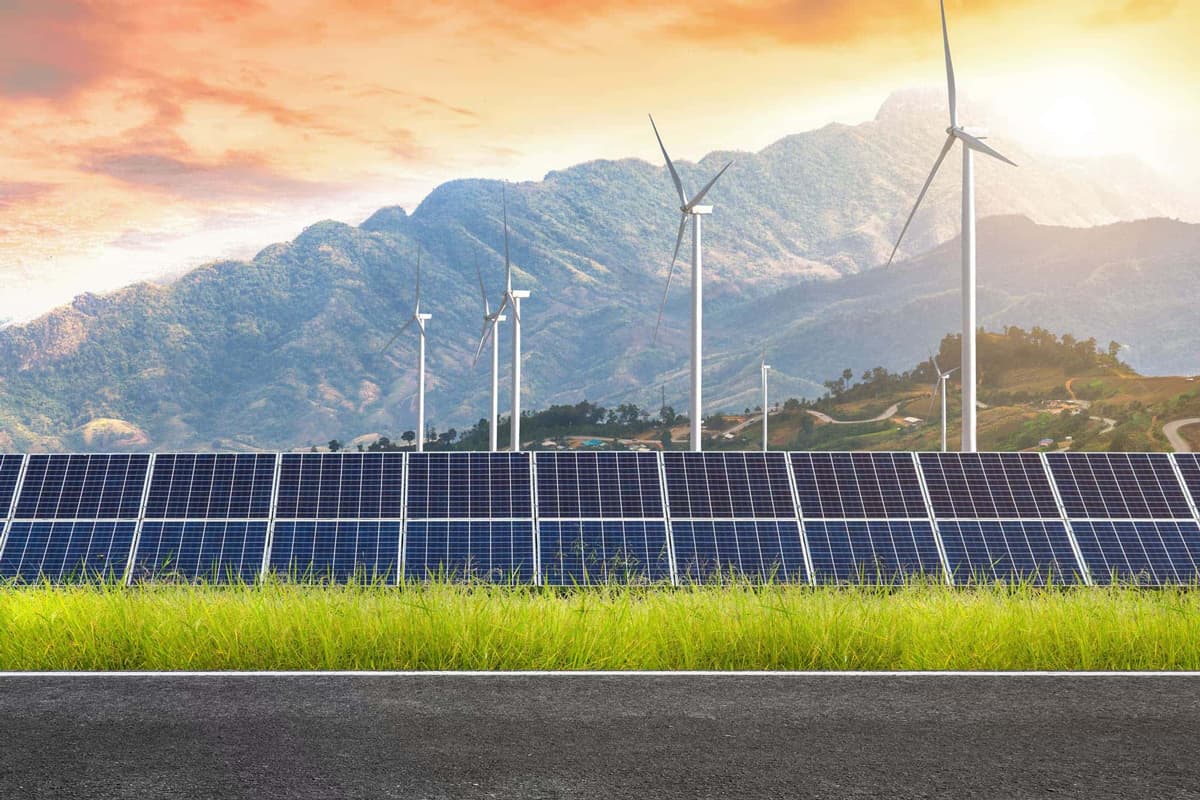
Solar Panels

Solar panels work based on the photovoltaic effect. When sunlight strikes the solar cells, it excites electrons within the semiconductor material, causing them to flow and generate an electric current. This direct current (DC) is then converted into alternating current (AC) using an inverter, making it compatible with household appliances and the electrical grid.

What Is the Cost of Solar Panels?
With advancements in solar energy technology, the cost of solar panels has fallen drastically over the last few years. In the table below, you can see the breakdown of average prices of solar panels
Generally, the more electricity your system can generate, the higher the initial installation cost
Factors Affecting Solar Panels Cost
1. System Size
Solar panels come in various sizes and the right size would depend on the size of home and individual electricity consumption requirements.
2. Type of Panels
There are three most common types of solar panels that are used for domestic purposes. These include monocrystalline, polycrystalline
3. Installation Process
Another factor that affects the cost of solar panels is the ease of installation. Even though it’s possible to do the installation yourself,
Solar panels offer numerous benefits, including:
Renewable Energy Source: Solar energy is abundant and inexhaustible, making it a sustainable alternative to fossil fuels.
Reduced Carbon Footprint: Solar panels produce electricity without emitting greenhouse gases, helping to mitigate climate change and reduce air pollution.
Energy Independence: By generating their own electricity, individuals and businesses can reduce dependence on centralized power grids and volatile energy markets.
Long-Term Savings: While the initial investment in solar panels can be significant, they typically offer a high return on investment over their lifespan, resulting in long-term savings on energy bills.


